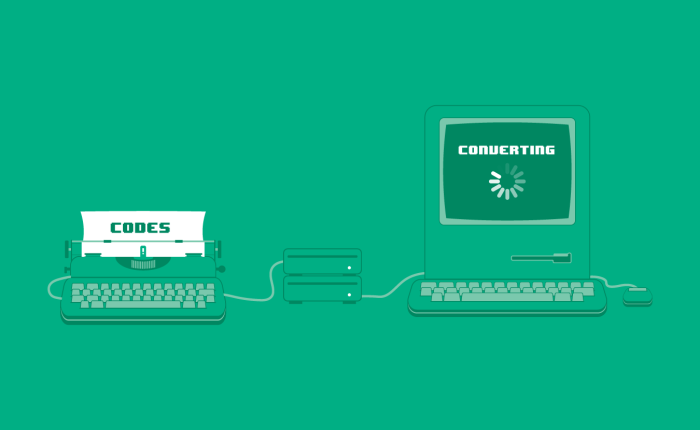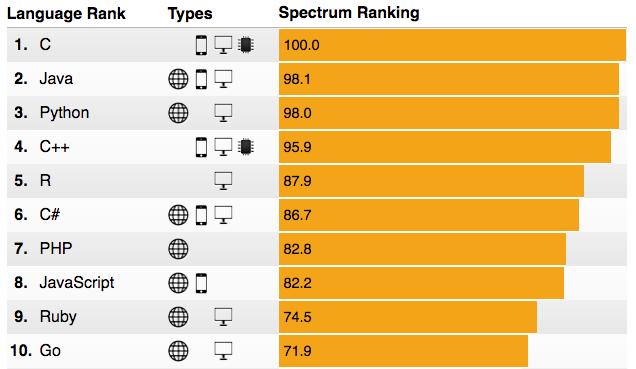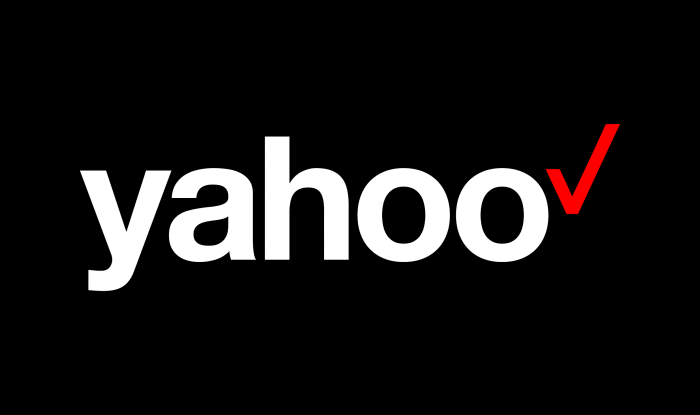The Head of Security Engineering and Architecture at Apple, Ivan Krstić, announced to Black Hat attendees last week, that Apple will begin offering cash bounties of up to $200,000 to researchers who discover vulnerabilities in its products.
Krstić’s talk at Black Hat was definitely interesting and covered a good breadth of the technical measures that Apple has been taking in making iOS secure, from grounds up. The presentation also included a level of technical detail and disclosure of security—here, related to AutoUnlock, HomeKit, and iCloud Keychain—that has been mostly absent in the past at conferences, according to those present.
Apple being so open and forthcoming, about their security architecture, is somewhat unusual, but definitely welcoming.
Now, about the the bounty program itself, it will initially be limited to about two dozen researchers who Apple will invite to help discover difficult-to-uncover security bugs in five specific categories:

Each of these aspects represent key threat vectors for attacks by governments and criminals alike. While iOS has never had exploits spread significantly in the wild, jailbreaking the software has made use of various methods of running arbitrary code in iOS. In another Black Hat presentation, the makers of the Pangu jailbreak for iOS 9 (fixed in 9.2), described how they achieved that kind of code execution.
Until now, there’s been no known extraction of data from Secure Enclave, the dedicated hardware in iOS devices with an A7 or newer processor that acts as a one-way valve to store fingerprint characteristics and certain data associated with Apple Pay. It is also used to prevent downgrading iOS to exploit a bug in a previous release. iCloud, which has been in the media sometimes for the wrong reasons, have had some accounts compromised in the past through certain weak password entry endpoints and social engineering of celebrity accounts, there has been no reported breach of iCloud servers itself.
Going by these clearly laid out vulnerability categories and qualification parameters, I see that Apple’s program sets clear objectives – find exploitable bugs in key areas. It makes complete sense, because proving exploitability with a repeatable proof of concept, takes lot more effort than merely finding a vulnerability. If the bug is found to have significant impact on security, then Apple will pay the researchers a fair value for their work. By doing this, Apple aims to learn how to improve a bug bounty program, over a period of time, and derive maximum value out of it.
The end result is – high-quality vulnerabilities (and their respective exploits) discovered, by researchers and developers who Apple believes have the skills and the right intentions to help advance product security. Bounty fees at other companies range from a starting point from $100 to $500, and are capped at from $20,000 at Google to $100,000 at Microsoft, clearly indicating the focus being quantity, unlike Apple’s focus on quality and difficult to discover, exploit and reproducible vulnerabilities.
Many major tech companies, like Google, Facebook, Microsoft, Adobe, and SAP, have been running Bounty programs for years. But there is a reason for Apple not getting into the Bounty business until now, even if security has always been a priority for them and iOS is way more secure, grounds up, than other competing mobile OS platforms today. That reason is primarily to ward off governments and underground hackers who merely want to make money, by not being in a position to negotiate with them. The disclosure by the United States government on last week that an unknown third party had approached it — and not Apple — to help open a controversial iPhone only highlights how the giant company approaches bug-hunting efforts and security differently from the rest of the tech industry.
Asked by the audience at Black Hat why Apple waited so long to launch a bounty program, Krstić said the company has heard from researchers that finding critical vulnerabilities is increasingly difficult, and it wanted to reward those who take the time to do it.
I have been following Apple closely since 2009, when I bought my first Apple product – an iPhone 4 (the last phone Steve Jobs personally launched). Being a Security Consultant myself, I have always wondered to how Apple builds their software to be far more secure than other operating system platforms. And this has been true from the very beginning of Mac (built on a strong Unix base), And so I have always tried to understand iOS and Mac security a bit deeper, but Apple has always been secretive about sharing information, just the way they are about their product strategy and roadmap. So this new development with the Bounty program and the overall incharge for Product security at Apple making a presentation at Blackhat, is very exciting to me.
I am looking forward to understanding how Operating System security is best handled, from a company that makes the best software and hardware in the world today.
Notes:
- Krstić’s presentation at Black Hat is available here
- The video of the talk has been published recently on YouTube
Feature Image courtesy: blackhat.com






